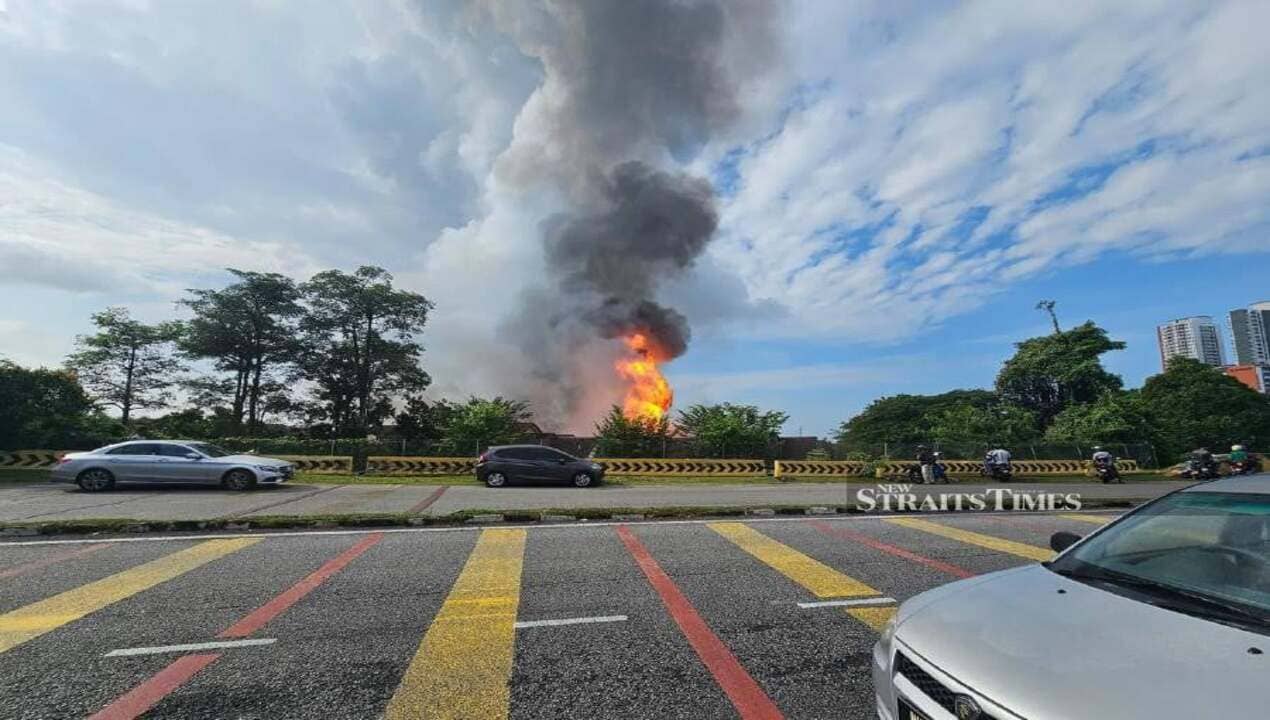
Independent Report – The recent occurrence of subsidence on the runway at Sultan Thaha Airport in Jambi (DJB). Disrupted a flight scheduled by Lion Air on Thursday, April 10, 2025. The flight, with flight number JT-603, was supposed to operate from Jambi to Soekarno-Hatta International Airport in Jakarta (CGK). Due to the subsidence, the departure was delayed.
In response to the incident, Edi Purwanto, a politician from the Indonesian Democratic Party of Struggle (PDI-P). And also a member of Commission V of the Indonesian House of Representatives, immediately contacted the airport authorities. He requested that all facilities be thoroughly checked to ensure the safety of the passengers.
“I immediately called the General Manager of Sultan Thaha Airport to request a comprehensive inspection.” Said Edi Purwanto in his statement on Friday, April 11, 2025. He emphasized the importance of prioritizing passenger safety in aviation, saying, “There is no room for compromise on this matter. Passenger safety must be the top priority.”
Edi further stressed that the aviation industry must adopt a zero-tolerance policy regarding safety. The incident highlighted the critical importance of safety standards, particularly in the aviation sector. To address the issue comprehensively. Edi also announced that several members of Commission V would visit Jambi on April 14, 2025, to assess the situation.
“During our visit to Jambi, we will discuss and evaluate what can be done to improve the airport’s safety system,” he added.
Phenomenon of subsidence caused the delay of Lion Air’s flight, refers to the vertical shift in the surface of the runway. Which can occur due to various factors, including traffic load, weather conditions, and road construction quality. This phenomenon caused a disruption when the aircraft, a Boeing 737-900ER with registration PK-LGW, was unable to take off as scheduled.
The aircraft, carrying 214 passengers and seven crew members, had already positioned itself on the runway and was preparing for takeoff. However, when the pilot attempted to maneuver the aircraft towards the takeoff direction. It was noticed that the right main wheel of the aircraft was not operating optimally. Following standard safety procedures, the pilot decided to halt the takeoff and coordinate with airport authorities and air traffic control (ATC).
Also Read : Titiek Puspa: The Loss of Indonesian Music Legend
Initial inspections by the airport authorities revealed that a section of the runway had experienced subsidence. Resulting in deformation that affected the movement of the aircraft’s wheels. To ensure the safety and comfort of the passengers, the airline decided to deboard the passengers and transport them to the terminal via bus.
The airline’s corporate communications representative, Danang Mandala, clarified that the aircraft was technically sound and had not sustained any damage. “Contrary to some rumors that the aircraft’s tires melted. I can confirm that the aircraft was safely moved off the runway and is now at the apron for further operational procedures,” said Danang.
In terms of the technical inspection, it was confirmed that the aircraft was in a serviceable condition. And also no issues were found that would prevent it from continuing its operations. The incident was not caused by any mechanical failure but rather by the deformation of the runway. As a precautionary measure, the airline followed established procedures to ensure passenger safety and comfort.
Subsidence, in this context, is a natural phenomenon that involves a vertical shift in the surface due to various factors such as traffic, weather conditions, and the quality of the runway’s construction. This phenomenon often results in uneven surfaces, which can not only reduce comfort but also increase the risk of accidents. Furthermore, subsidence can cause damage to the road or runway. Such as cracks or potholes, indicating the need for repairs to prevent further deterioration.
Overall, the incident at Sultan Thaha Airport serves as a reminder of the importance of ensuring that all airport infrastructure meets the necessary safety standards to prevent accidents. The evaluation of the airport’s safety systems will be an essential step in addressing any issues and ensuring that such incidents are avoided in the future.
Also Read : XRP and Price Projection with 500% Surge